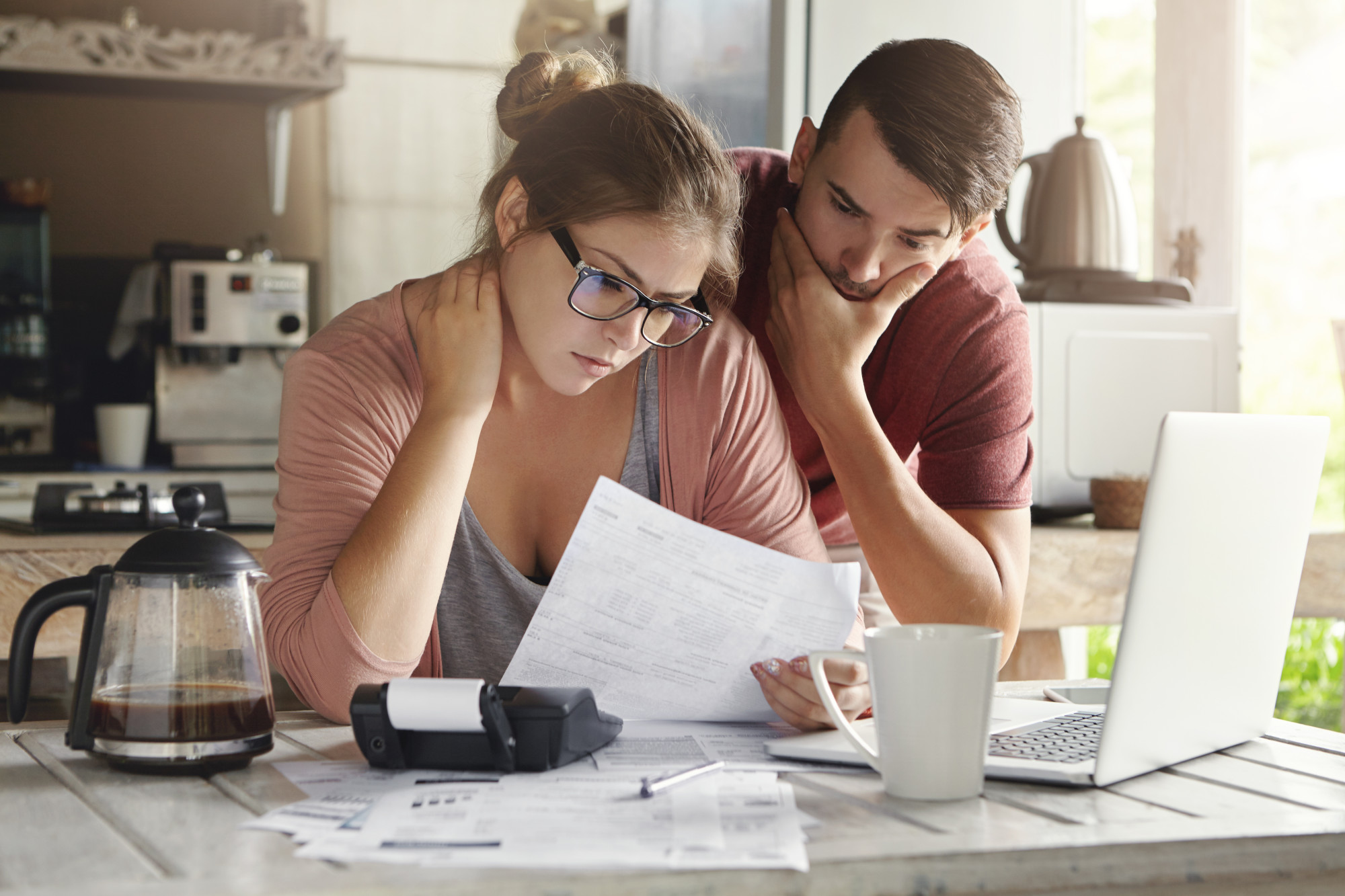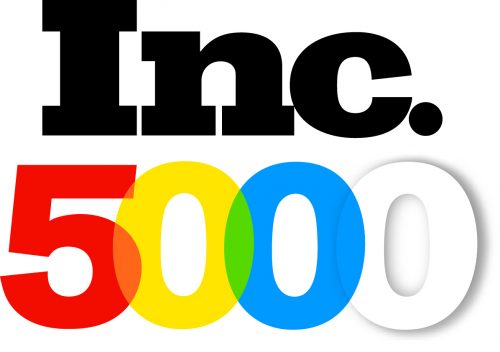The weight of debt can feel crushing.
If you’re feeling overwhelmed by your financial obligations, you’re likely weighing all of your options to determine the best route forward. One of those might be filing for bankruptcy.
At first, the concept of bankruptcy can seem confusing and anxiety-inducing. Thankfully, knowing the facts can ease your mind and help you make the best decision for your future.
Today, we’re taking a closer look at Bankruptcy 101. What is it, how does it affect you, and when should you file? Let’s explore the basics to know.
Understand the Types of Bankruptcy
There are two types of individual bankruptcy: Chapter 7 and Chapter 13.
Before you decide if it’s time to file, you’ll need to know the differences between these two.
Chapter 7 Bankruptcy
Chapter 7 is the most common type of bankruptcy filing. It’s also known as a “straight bankruptcy”.
When you file for Chapter 7, you can quickly eliminate most of your unsecured debt (e.g. personal loans and credit card debt). To do so, you’ll surrender or liquidate your assets.
Asset liquidation refers to the process of selling your assets to cover the balances that you owe to your creditors. While there are some exempt assets that debtors can keep (such as reasonably necessary clothing and household goods), everything else is usually considered non-exempt from liquidation.
This process usually takes around three to six months.
Chapter 13 Bankruptcy
Chapter 13 is another way to file for individual bankruptcy. With this filing, you’ll enter into a structured repayment plan that allows you to repay your creditors over a set timeline or grace period.
To determine your monthly payments and schedule, the court will look at a few different factors, including:
- Your equity in your assets or properties
- Your current income
- Your expenses
As you make your payments to a court trustee, those payments are then distributed to your various creditors. When the grace period is complete, any unpaid debts are then discharged.
If you have a consistent income and want to keep your assets, filing for Chapter 13 bankruptcy is usually a more favorable route to take. Though it will take longer than filing for Chapter 7, you don’t have to lose your property to pay off your creditors.
Bankruptcy 101: What’s Included and What Isn’t?
Thinking about filing Chapter 7 or Chapter 13 bankruptcy? It’s important to know which debts this process can erase, as well as those that it cannot.
Bankruptcy is a viable option if you’re looking to absolve or alleviate the following types of unsecured debt:
- Credit card debt
- Personal loans
- Medical bills
- Mortgages and apartment lease obligations
- Utility bills
- Car loans and leases
Yet, it isn’t designed to eliminate these kinds of debt:
- Income taxes
- Student loans
- Court fines
- Alimony and child support
- Government agency debts
If you’re struggling to pay back student loans, there are myriad different solutions available, including refinancing and debt consolidation, that can help you reduce that debt.
Should You File for Bankruptcy? Key Signs
Now that you’re well-versed in the basics, how can you decide if it’s time to file? Here are a few of the most important signs to understand.
Creditors Are Pursuing You
If you fail to pay your bills on time, your debt will eventually pass from your creditors to a collection agency. Once this happens, you might receive letters in the mail or phone calls from agency representatives.
In some cases, these creditors can also take you to court to reclaim money that you owe them. If you’re up against a debt collection lawsuit, bankruptcy might be a more advantageous option.
When you file, there will be an automatic “stay” put on all of your accounts until your debt is eliminated. This usually stops all collections activities, including lawsuits.
You’re Experiencing Wage Garnishment
Another tactic that creditors use when you can’t pay is to garnish your wages. This means they’ll withhold a portion of your paycheck to pay themselves back.
Often, this is a result of a debt collection lawsuit or court order. Again, the automatic “stay” placed on your account after filing for bankruptcy will stop this effort.
You’re Overwhelmed by Credit Card Debt
Nearly 50% of Americans are carrying credit card debt. While using your credit card to make strategic purchases can be a smart move, it can land you in hot water if you’re unable to break out of the cycle.
If you find yourself paying for everything on credit, without the money to cover your monthly invoices, getting out of debt can feel impossible. In that case, bankruptcy could be a feasible way to break the cycle. This is especially the case when you file for Chapter 7, which usually eliminates all credit card debt.
You’re Borrowing From Your Retirement Account
You know you’re not supposed to touch your retirement accounts prematurely. Yet, when you’re desperate to pay your bills, it’s tempting to dip into them.
Bankruptcy can keep you from borrowing against yourself. Though state bankruptcy laws vary, most protect assets including your pension, life insurance, and retirement accounts from being seized.
You Have an Unbalanced Amount of Revolving Debt
Revolving debt is incurred without a set end date in sight. For instance, your mortgage loan revolves around fixed payments, spread out over a fixed number of months. As such, it’s referred to as fixed debt or installment debt.
On the other hand, your home equity line is a type of revolving debt, as it remains open-ended without a firm end date. Other examples include credit cards and personal lines of credit.
Consider your current amount of revolving debt. If it exceeds your current income, bankruptcy could help you reset the balance.
Your Debt Repayment Timeline is Five Years or Longer
Calculate how long it will take you to pay off all of your debts at your current repayment rate, without pulling yourself too thin. Is it five years or longer?
If so, bankruptcy could offer an easier way out. Consider all the debts that this action could potentially eliminate, including your mile-high credit card debt.
Debt Consolidation Options to Protect Your Finances
If you’re researching Bankruptcy 101, you’re desperate for a way out of your debt obligations. While this step can help you gain back your financial freedom, it’s usually a last resort.
Instead, try pursuing other forms of debt help to get back on your feet. We can help you find debt consolidation offers custom-suited to fit your needs. Get started today to see your offers!




